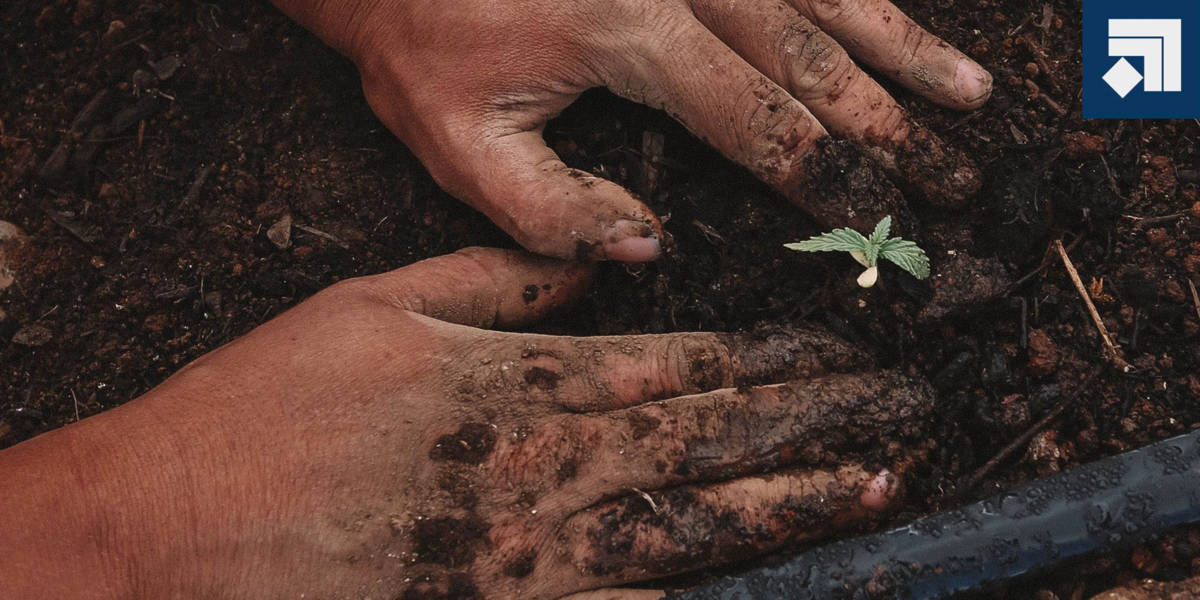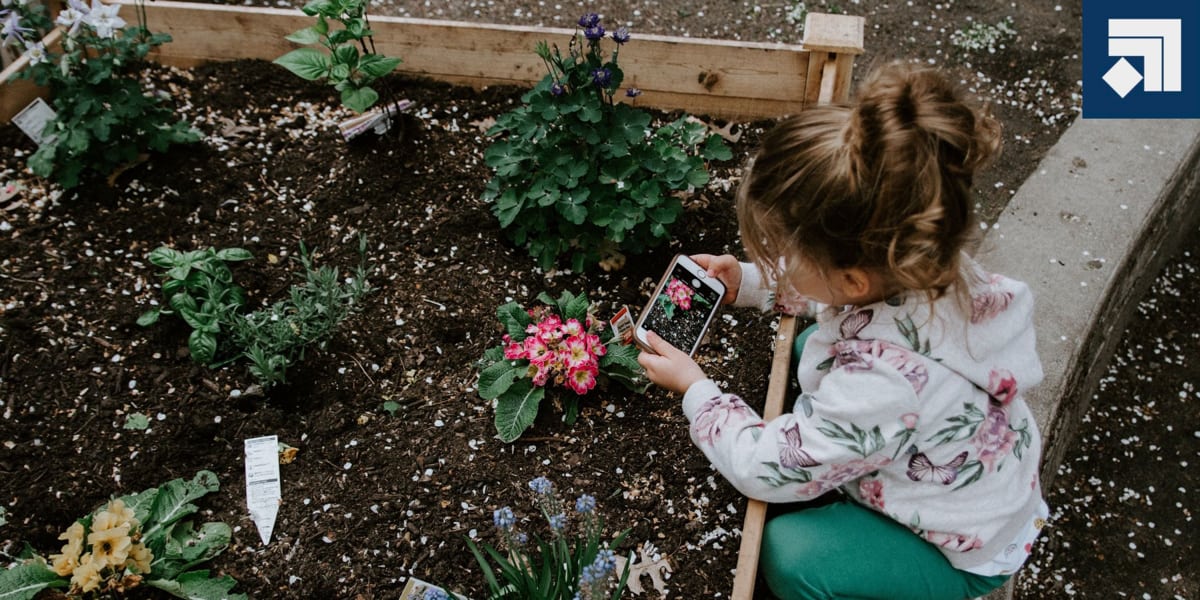Gardening enthusiasts know that achieving the perfect pH balance in garden soil is crucial for healthy plant growth. Whether you’re a novice gardener or a seasoned green thumb, understanding how to lower pH in garden soil can greatly impact the success of your plants.
In this article, we’ll delve into the ins and outs of pH levels in soil and provide you with actionable steps to lower the pH effectively.
TL;DR: Achieving the right pH balance in your garden soil is essential for healthy plant growth. pH levels below 7 are considered acidic, while levels between 6 and 7 are ideal for most plants.
Maintaining the right pH level in your garden soil can be the difference between vibrant blooms and lackluster plants. pH, which stands for “potential of hydrogen,” is a measurement of how acidic or alkaline a substance is, on a scale of 0 to 14. A pH level of 7 is considered neutral, while levels below 7 are acidic, and levels above 7 are alkaline.
For most plants, a slightly acidic to neutral pH range of 6 to 7 is ideal. However, certain plants, like blueberries and azaleas, thrive in more acidic conditions.
Effects of pH on Nutrient Availability
Soil pH has a direct impact on the availability of essential nutrients that plants need for proper growth. Different nutrients are most accessible to plants at specific pH ranges. Here’s how pH affects nutrient availability:
- Acidic Soil (pH < 7):
- Aluminum, manganese, and iron become more available.
- Essential nutrients like phosphorus, calcium, and magnesium become less available.
- Alkaline Soil (pH > 7):
- Phosphorus, calcium, and magnesium become more available.
- Micronutrients like iron, zinc, and copper become less available.
Understanding pH Levels in Soil
Before we delve into how to lower the pH in your garden soil, let’s explore the factors that influence soil pH:
- Soil Composition: Different soil types have varying pH levels. Clay soils tend to be more alkaline, while sandy soils are usually more acidic.
- Plant Preferences: Different plants have distinct pH preferences. Research the pH requirements of the plants in your garden to create an optimal environment for them.
pH and Plant Preferences
Different plants have varying pH preferences. Some plants thrive in acidic soil, while others prefer alkaline conditions. Understanding the pH requirements of your plants is essential for successful gardening:
- Acid-Loving Plants: Plants like blueberries, rhododendrons, and azaleas prefer acidic soil (pH 4.5 to 5.5).
- Neutral-Loving Plants: Many vegetables and ornamental plants thrive in slightly acidic to neutral soil (pH 6 to 7).
- Alkaline-Tolerant Plants: Some plants, like lilacs and clematis, can tolerate more alkaline conditions.
pH and Plant Health
The pH level of your garden soil directly affects plant health and growth in several ways:
- Nutrient Uptake: When the soil pH is too high or too low, plants struggle to absorb nutrients, even if they are present in the soil. This leads to nutrient deficiencies and weakened plants.
- Toxicity Concerns: Extreme pH levels can cause certain nutrients to become toxic to plants. For instance, in acidic soils, aluminum toxicity can harm root development.
- Microbial Activity: Soil pH influences the activity of microorganisms that help decompose organic matter and fix nitrogen. Extreme pH levels can disrupt this activity, affecting soil structure and nutrient cycling.
Effective Ways to Lower pH in Garden Soil
- Using Sphagnum Peat Moss: 🌿
- Mix sphagnum peat moss into your soil to increase acidity.
- Peat moss retains moisture and gradually lowers pH over time.
- Applying Elemental Sulfur: ☀️
- Elemental sulfur is a natural soil amendment that lowers pH.
- Follow recommended application rates and incorporate it into the soil.
- Adding Aluminum Sulfate: ⚗️
- Aluminum sulfate is a quick-acting pH-lowering agent.
- Use it sparingly, as excessive use can harm plants.
- Utilizing Acidifying Fertilizers: 🌱
- Acidic fertilizers like ammonium-based ones can help lower pH.
- Monitor soil pH regularly when using fertilizers.
- Rainwater Collection: 🌧️
- Rainwater is naturally acidic and can help lower soil pH.
- Collect rainwater and use it for watering your plants.
- Coffee Grounds Application: ☕
- Used coffee grounds are acidic and can be added to soil.
- They also provide additional organic matter.
- Vinegar Solution: 🍋
- A diluted vinegar solution can be used in small amounts to lower pH.
- Use sparingly to avoid drastic pH changes.
Conclusion
Tips From Experienced Gardener: 🌼
“Maintaining the right pH level is essential for a thriving garden. Regular soil testing and gradual adjustments will yield the best results. Remember that patience is key; don’t rush pH changes to avoid stressing your plants.”
FAQs
Q: Can I lower pH too much?
A: Yes, excessively low pH can harm plants and soil organisms. Aim for a pH within the suitable range for your plants.
Q: How often should I test soil pH?
A: Test pH before planting and annually thereafter. Test more frequently if you’re actively adjusting pH.
Q: Are there pH-testing kits available for home gardeners?
A: Yes, pH-testing kits are widely available at gardening centers and online retailers. They offer a convenient way to monitor pH levels.
Lowering pH in garden soil is a meticulous process that requires understanding your soil type and plant preferences. By using methods such as peat moss, elemental sulfur, and acidifying fertilizers, you can create an optimal pH environment for your plants to flourish. Remember, gradual changes and regular monitoring are key to maintaining a healthy garden.
Fun Fact: Did you know that blue hydrangea flowers can change color based on soil pH? In acidic soil, they appear blue, while in alkaline soil, they turn pink!
In conclusion, achieving the right pH balance in your garden soil is a journey that requires careful consideration and application of suitable methods. By following the guidelines provided in this article, you’ll be well-equipped to lower the pH in your garden soil effectively, promoting healthier and more vibrant plant growth. Happy gardening! 🌱🌸
Originally posted 2023-08-09 09:35:55.



